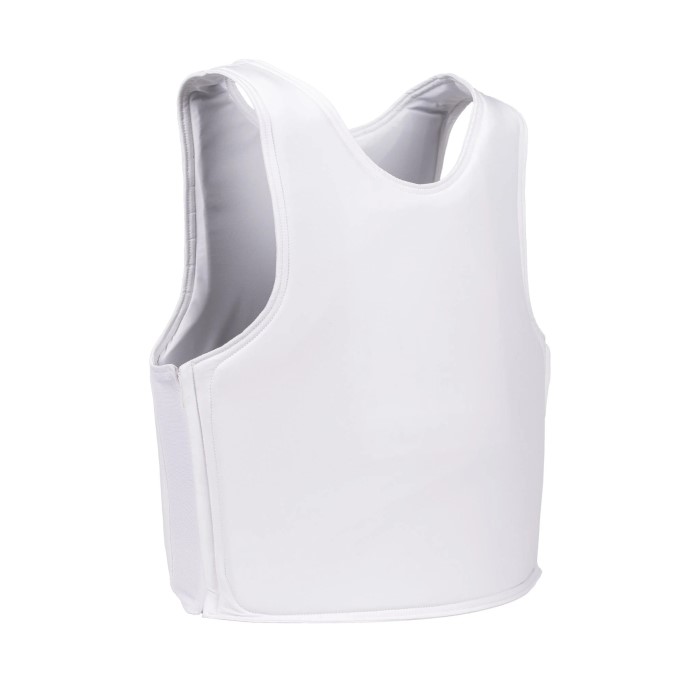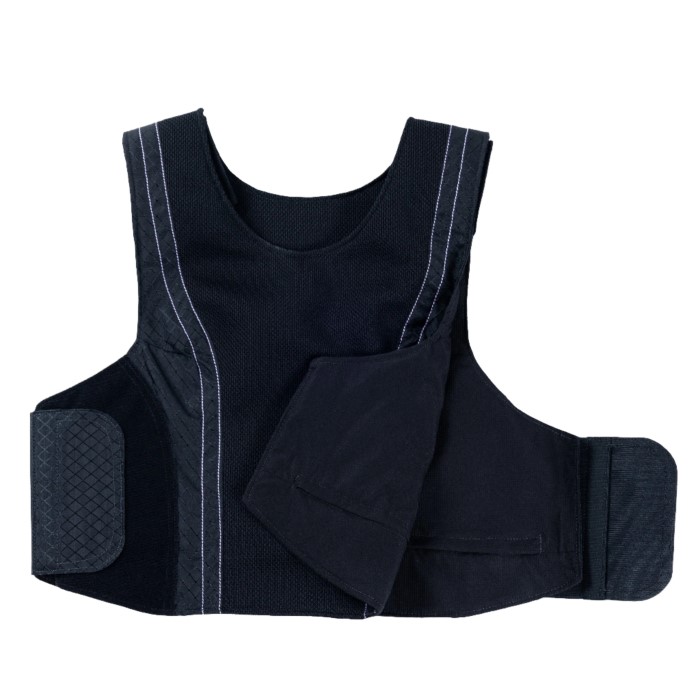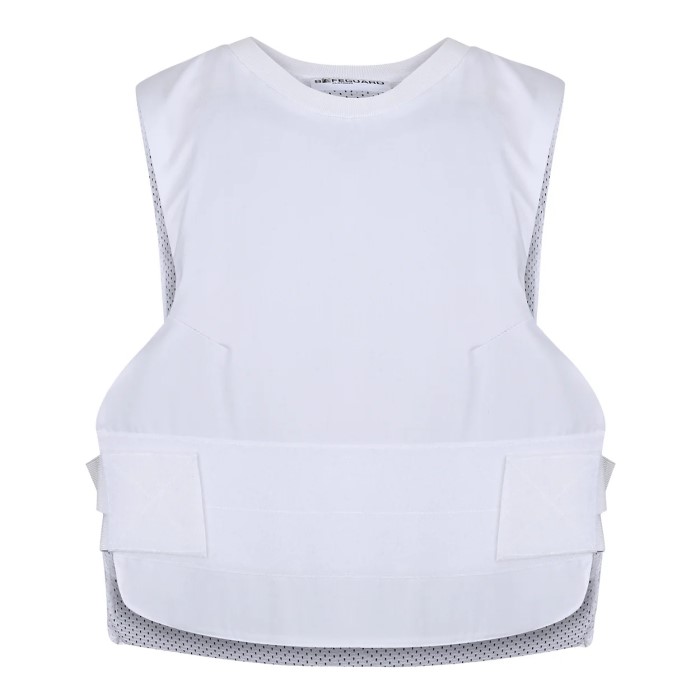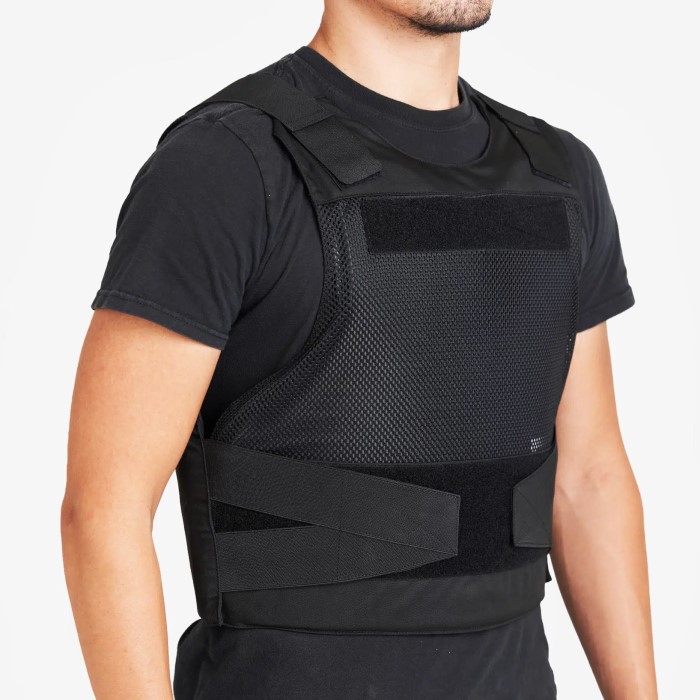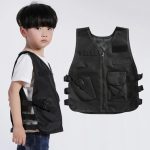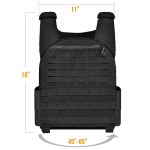Introduction
As personal safety becomes a growing concern in various environments, the demand for protective gear has surged. Among the most effective forms of personal armor is the thin bulletproof vest. These vests are designed to provide crucial protection without the bulk usually associated with traditional body armor. In this article, we will delve into the technology behind thin bulletproof vests, examining the materials used, their effectiveness against firearms, and the evolving design techniques that make them safer and more comfortable for everyday use.
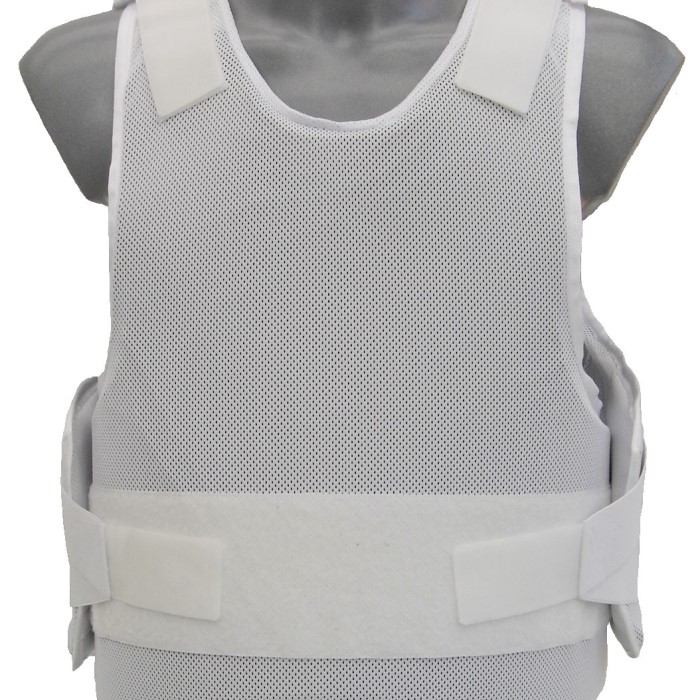
The Evolution of Body Armor Technology
Body armor has come a long way from the heavy metal plates used in medieval times. Today’s bullet-resistant vests have undergone significant advancements thanks to modern technology and materials science.
- Historical Context: The concept of bulletproof vests dates back to the early 20th century, with early models utilizing steel plates. While effective, they were heavy and cumbersome. The introduction of synthetic fibers in the 1970s revolutionized personal armor.
- Introduction of Kevlar: Kevlar is a lightweight, synthetic fiber created by DuPont, which has been crucial in advancing personal safety. First used in the 1970s, Kevlar provides high tensile strength while remaining surprisingly lightweight.
- Ongoing Innovation: Manufacturers continuously seek new technologies and materials that improve the weight, flexibility, and protection levels of vests. These innovations make modern bulletproof vests thinner without compromising their effectiveness.
Material Science
Understanding the materials used in the construction of thin bulletproof vests is essential for recognizing their protective capabilities.
1. Kevlar and Aramid Fibers
- What is Kevlar? Kevlar is an aramid fiber notable for its exceptional strength-to-weight ratio. It is inherently resistant to abrasion, and heat, making it an ideal choice for body armor.
- Multi-layering Technology: Thin bulletproof vests utilize a layering technique where multiple sheets of Kevlar are woven together. This configuration allows the vest to disperse the energy from a bullet effectively, reducing penetration.
- Applications of Aramid Materials: Beyond Kevlar, manufacturers also employ other aramid fibers such as Twaron and Nomex, which offer similar protection with varying levels of comfort and flexibility.
2. Ultra-High-Molecular-Weight Polyethylene (UHMWPE)
- Lightweight Alternative: UHMWPE is praised for its lightweight properties and high resistance to cutting and abrasion. This material can provide similar protection levels to that of Kevlar but at a lower weight.
- Resilience Against Water and Chemicals: Unlike some fibers, UHMWPE is resistant to water and chemicals. This characteristic enhances the vest’s durability and practicality in various conditions, making them suitable for diverse environments.
- How It Compares: While Kevlar performs well against bullets, UHMWPE offers greater resilience against knife attacks. Some vests combine these materials to optimize protection against multiple threats.
Design Considerations
The design of a thin bulletproof vest is critical to its functionality and comfort. Manufacturers consider several factors during the design process:
- Ergonomics: Modern designs emphasize comfort and ease of movement. Vests are tailored to fit closely to the body without restricting mobility, ensuring wearers can perform activities without hindrance.
- Ventilation: Thin bulletproof vests now incorporate mesh and breathable materials in their design. These features improve airflow, reducing heat buildup and enhancing comfort during prolonged wear.
- Concealability: Many users prefer a vest that can be worn discreetly under clothing. Advanced designs focus on creating low-profile options that provide protection while maintaining a sleek appearance.
- Modular Systems: Some manufacturers offer modular designs that allow users to attach additional armor features, such as plates, depending on the threat level of their environment. This versatility lets users adapt their gear to various situations.
Testing Standards for Bulletproof Vests
To ensure reliability and effectiveness, thin bulletproof vests undergo rigorous testing. It is essential to know the standards these vests meet to ensure your safety:
- NIJ Standards: The National Institute of Justice (NIJ) sets standards for body armor in the United States. Vests are tested against various projectiles to assess their protective capabilities.
- Levels of Protection: Body armor is categorized into different levels, with Level IIA offering the least protection and Level IV providing the highest. A thin bulletproof vest typically falls in the Level IIA to IIIA range, effective against most handgun fire.
- Independent Testing: Reputable manufacturers should provide certification from independent testing labs, ensuring their vests have been objectively evaluated for safety and performance.
Common Applications
Given their lightweight and comfortable nature, thin bulletproof vests find various applications in different fields:
Law Enforcement and Military
- Essential Protection: Law enforcement officers and military personnel face unique and often dangerous situations. They require equipment that offers robust protection without restricting their movements. Thin bulletproof vests are designed to meet this need effectively.
- Mobility Considerations: In dynamic scenarios, such as high-speed pursuits or tactical operations, officers need to maintain agility. Thin vests provide the necessary protection while allowing for a full range of motion. This design helps officers respond more effectively to threats on the ground.
- Ballistic Specification Requirements: These professionals encounter varying levels of ballistic threats. Thin vests are engineered to comply with specific ballistic performance standards, ensuring adequate defense against rounds from handguns and some submachine guns. This focus on protection is vital for survivor safety during engagements.
- Integration with Other Gear: Thin bulletproof vests often integrate seamlessly with other tactical gear. Officers can easily wear them under uniforms or alongside accessories such as belts and holsters, ensuring they have essential gear on hand when needed.
Security Personnel
- Role in Personal Protection: Private security, event security, and executive protection agents play crucial roles in safeguarding individuals and assets. Thin bulletproof vests serve them well by providing necessary protection without drawing unnecessary attention.
- Inconspicuous Design: Security professionals often work in environments where discretion is essential. Thin vests are designed to be low-profile, allowing officers to blend into the surroundings seamlessly. This quality is especially important at events or in settings where overt displays of force may be inappropriate.
- Versatility Across Roles: In the field of security, roles can vary widely, from crowd management at large events to one-on-one protection for high-profile individuals. Thin bulletproof vests are adaptable enough to meet the needs of different situations, offering both physical safety and professional appearance.
- Building Trust: Wearing unobtrusive protective gear can foster a sense of ease among clients and patrons. When security personnel appear approachable while still being protected, it can enhance trust and instill a sense of security without being intimidating.
Civilian Use
- Growing Demand among Civilians: As personal safety concerns grow, more civilians seek protective gear for themselves and their families. Thin bulletproof vests present an option for those wishing to take proactive measures in safeguarding their security.
- Diverse Applications: Civilians may wear these vests for various reasons, including self-defense during public events, personal protection when traveling in high-risk areas, or reassurance in their daily lives while living in urban environments with elevated concerns about violence.
- Response to Violence Trends: With increased media coverage of violent incidents, public awareness surrounding personal safety has heightened. As a result, many civilians now view owning a thin bulletproof vest as a precautionary measure, aiming to enhance their security in uncertain times.
- Informed Choices: Education about body armor helps civilians make informed decisions. With the right knowledge, individuals can choose a vest that suits their lifestyle and personal safety needs, ensuring they are adequately protected without compromising comfort.
Potential for Everyday Use
- Fashion Meets Function: Recent developments in fashion and design have led to thin bulletproof vests becoming more appealing for everyday wear. Manufacturers are focusing on aesthetics, blending functionality with styles that fit modern wardrobe preferences.
- Incorporating into Daily Attire: More individuals, especially those living in high-density urban areas, are starting to integrate protective vests into their daily outfits. Casual designs allow wearers to maintain their personal style while benefiting from the added layer of protection.
- Awareness and Acceptance: As communities grow more aware of personal safety issues, incorporating protective gear becomes socially acceptable. Wearing thin bulletproof vests can become a part of one’s everyday gear without attracting undue attention or stigma.
- Changing Perspectives: With a shift in societal attitudes towards personal protection, individuals increasingly recognize the importance of being prepared. As a result, thin bulletproof vests may become common accessories for those looking to safeguard themselves while going about daily life.
FAQs
How thin can a bulletproof vest be?
Thin bulletproof vests can be as slim as 0.25 inches, depending on the materials and design. Advances in technology have made it possible to achieve effective protection in a compact form.
What is the thinnest material that can stop a bullet?
The thinnest material that can effectively stop a bullet typically combines advanced fibers like Kevlar or UHMWPE with innovative layering techniques. The configuration impacts its protective capabilities and thickness.
What is the thinnest level 3a body armor?
Level IIIA body armor, which protects against most handgun rounds, can be designed to be as thin as 0.5 inches using cutting-edge materials and construction processes.
Can civilians buy Kevlar?
Yes, civilians can purchase Kevlar vests and other body armor products. However, regulations may vary depending on local laws, so it is essential to check specific guidelines in your area.
Conclusion
In summary, the technology behind thin bulletproof vests continues to evolve, making them an indispensable tool for those seeking personal protection. With advancements in materials like Kevlar and UHMWPE, combined with innovative design considerations, these vests offer effective protection without the bulk typical of traditional armor.
Whether for law enforcement, security personnel, or civilians concerned about safety, understanding the technology behind these vests empowers users to make informed choices about their personal protection gear. The future of body armor is lighter, more comfortable, and more effective than ever before. Investing in a thin bulletproof vest is not just a purchase; it’s a commitment to personal safety and peace of mind.
